Amish Friendship Bread
Have you ever received a bag of gooey starter with strict instructions not to refrigerate it, stir it daily, and pass it on to friends?
Welcome to the delightful world of Amish Friendship Bread! This sweet, cinnamon-laced quick bread isn’t just delicious—it’s a tradition that connects people through the simple act of sharing.
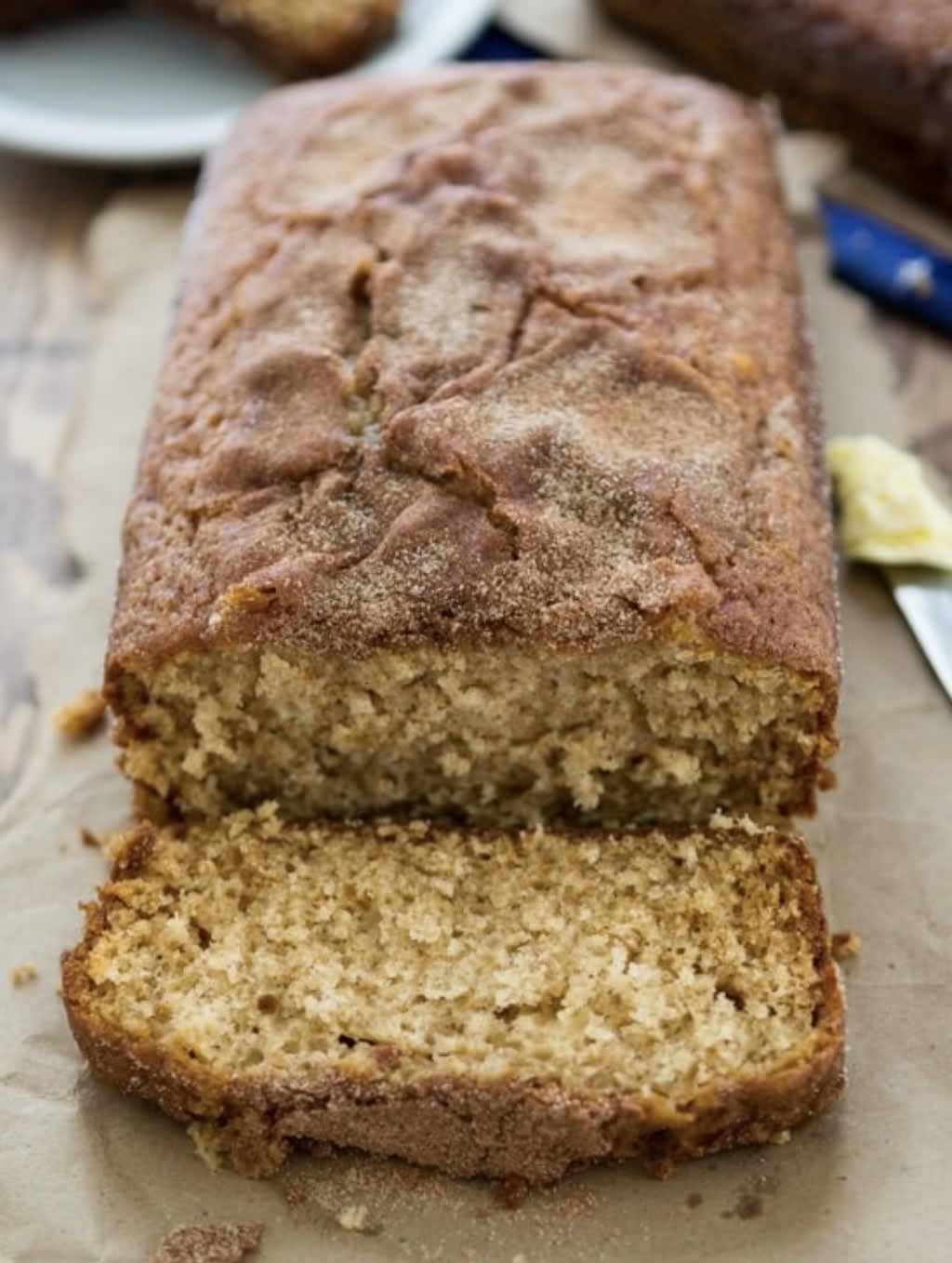
The magic of this bread lies in its sourdough-like starter that gets passed from friend to friend, creating a chain of baking that can last for decades. Each loaf emerges from the oven with a tender crumb, crispy cinnamon-sugar crust, and that distinct tangy flavor that only comes from a properly fermented starter. It’s part science experiment, part comfort food, and completely irresistible.
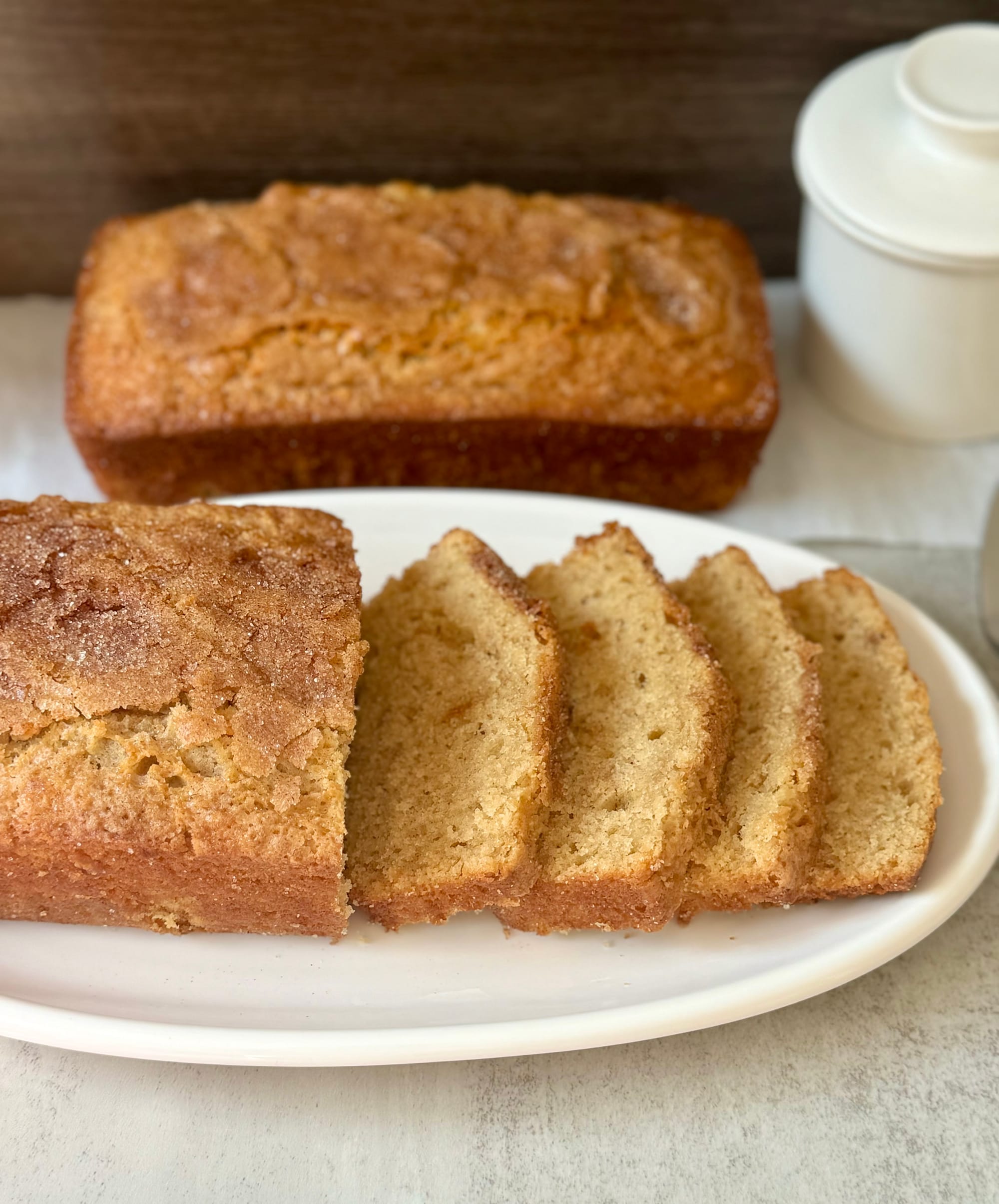
Ingredients
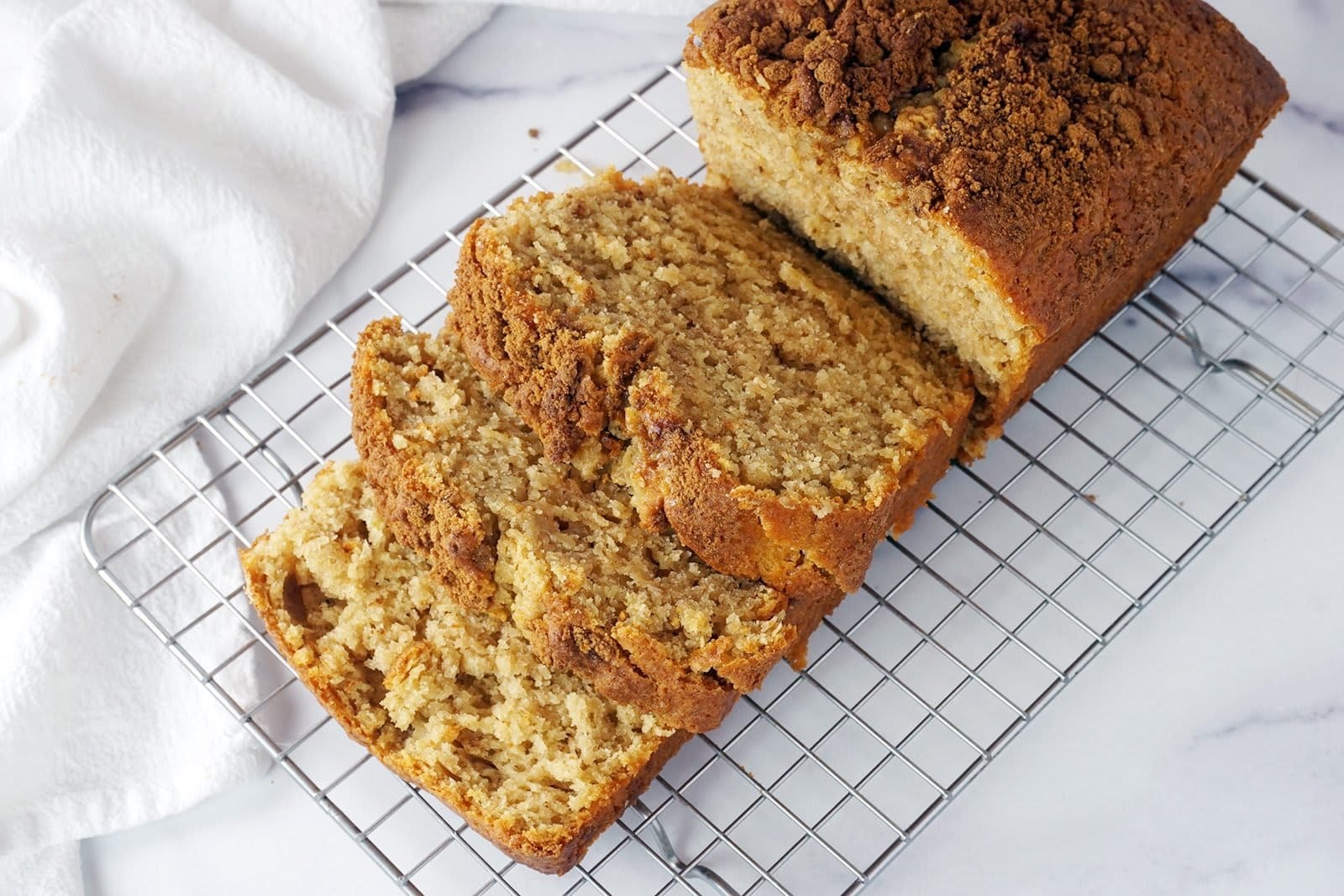
- 1 cup Amish Friendship Bread Starter
- ⅔ cup vegetable oil
- 3 large eggs
- 2 cups all-purpose flour
- 1 cup white sugar
- 1 teaspoon ground cinnamon
- ½ teaspoon salt
- ½ teaspoon baking soda
- 1 ¼ teaspoons baking powder
- 1 teaspoon vanilla extract
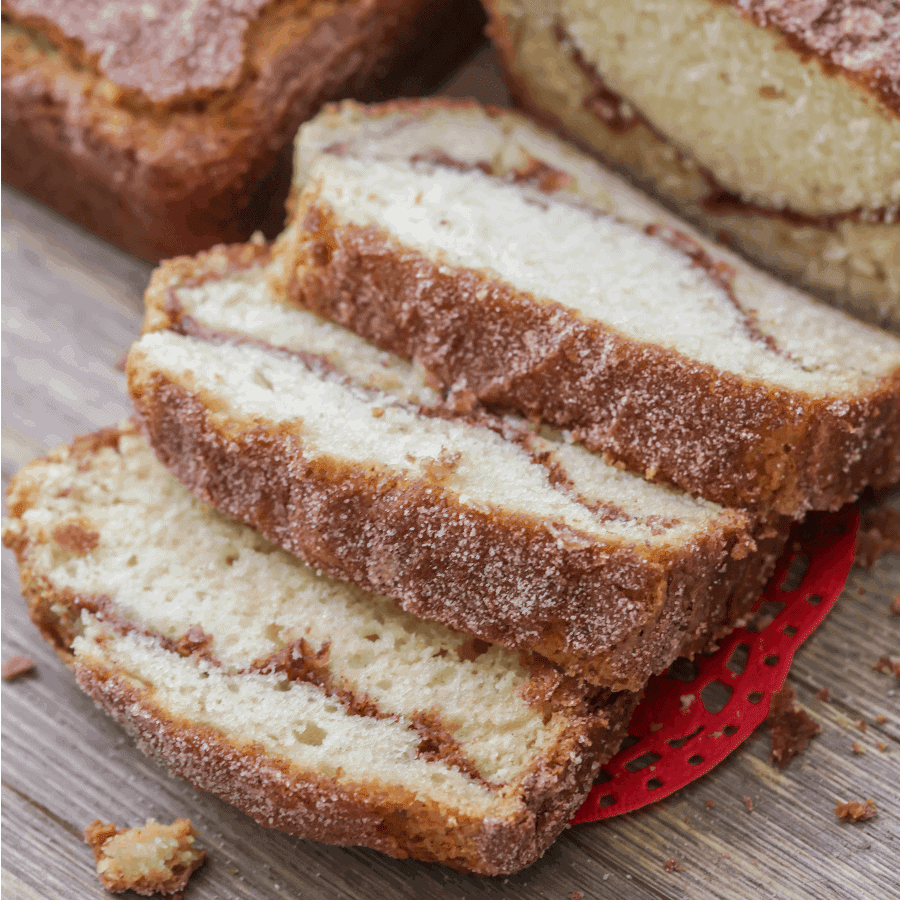
Steps
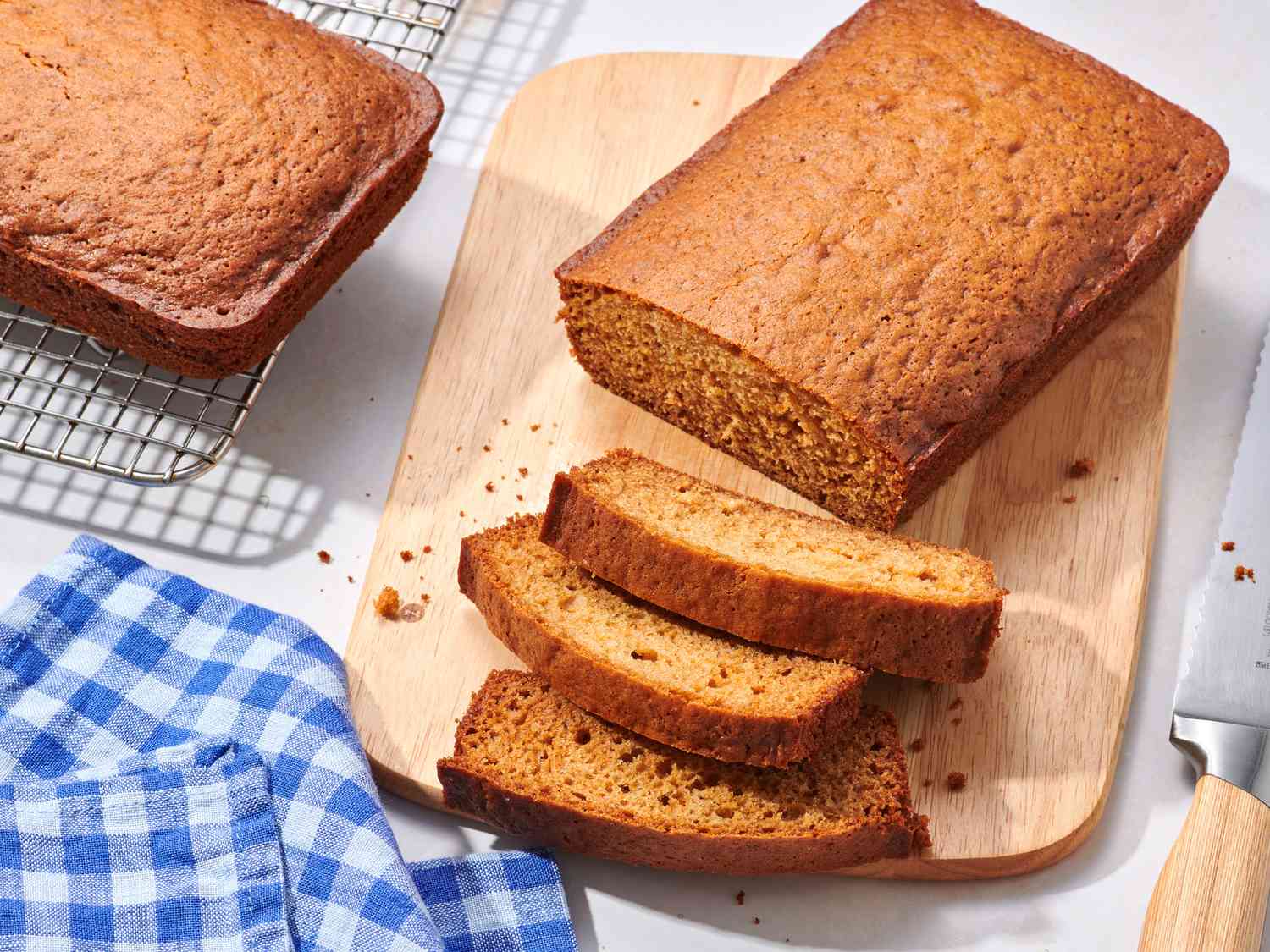
- Gather all ingredients and allow them to come to room temperature for even mixing. Preheat the oven to 350°F (175°C). Thoroughly grease two 9×5-inch loaf pans, making sure to get into all corners to prevent sticking.
- In a large mixing bowl, combine the 1 cup Amish bread starter with ⅔ cup vegetable oil and 3 eggs, whisking until smooth. The starter should be bubbly and active for best results.
- Add the dry ingredients: 2 cups flour, 1 cup sugar, 1 teaspoon ground cinnamon, ½ teaspoon salt, ½ teaspoon baking soda, and 1 ¼ teaspoons baking powder. Pour in 1 teaspoon vanilla extract.
- Mix thoroughly until just combined and no dry streaks remain. Be careful not to overmix, which can make the bread tough. The batter should be smooth but still have a slightly thick, pourable consistency.
- Divide the batter evenly between the two prepared loaf pans. Use a spatula to smooth the tops and tap the pans gently on the counter a few times to release any air bubbles.
- Bake in the preheated oven for 50-60 minutes. The bread is done when a toothpick inserted in the center comes out clean and the loaves sound hollow when tapped on top. The internal temperature should reach approximately 200°F (93°C) when fully baked.
- Allow the loaves to cool in the pans for 10 minutes before transferring to a wire rack to cool completely. This prevents the bottom from becoming soggy from trapped steam.
Smart Swaps
- Replace vegetable oil with unsweetened applesauce (1:1 ratio) for a lower-fat version with added moisture
- Substitute whole wheat flour for half the all-purpose flour to add fiber and nutty flavor
- Add ½ cup chopped nuts or dried fruits for texture and flavor variation
- Use coconut oil instead of vegetable oil for a subtle tropical flavor
Make It Diabetes-Friendly
- Replace 1 cup white sugar with ½ cup Swerve or monk fruit sweetener plus ¼ cup unsweetened applesauce (reduces carbs by approximately 15g per slice)
- Use 1½ cups all-purpose flour and ½ cup almond flour to lower the glycemic impact
- Add 1 tablespoon ground flaxseed to increase fiber, which helps slow sugar absorption
- Serve smaller slices (1/10 of a loaf rather than 1/8) alongside protein to further reduce blood sugar spikes
Pro Tips
- The starter should be used on day 10 of the feeding cycle when it’s most active and flavorful
- For a more pronounced sourdough flavor, let the batter rest at room temperature for 1 hour before baking
- Create a cinnamon-sugar coating by sprinkling 2 tablespoons of cinnamon-sugar mixture over the greased pans before adding batter
- Store bread tightly wrapped at room temperature for 3-4 days or freeze for up to 3 months